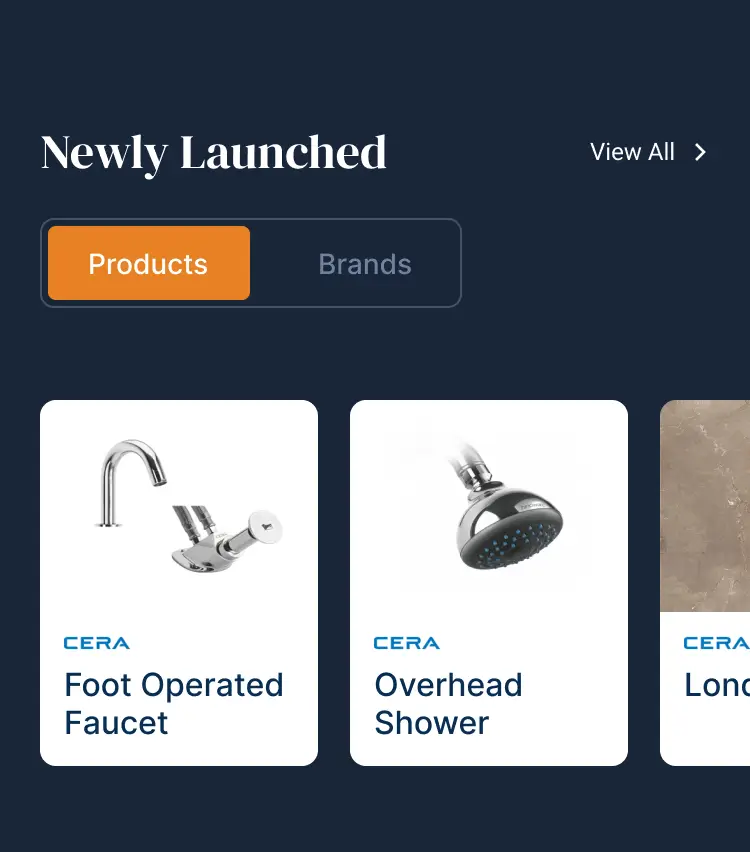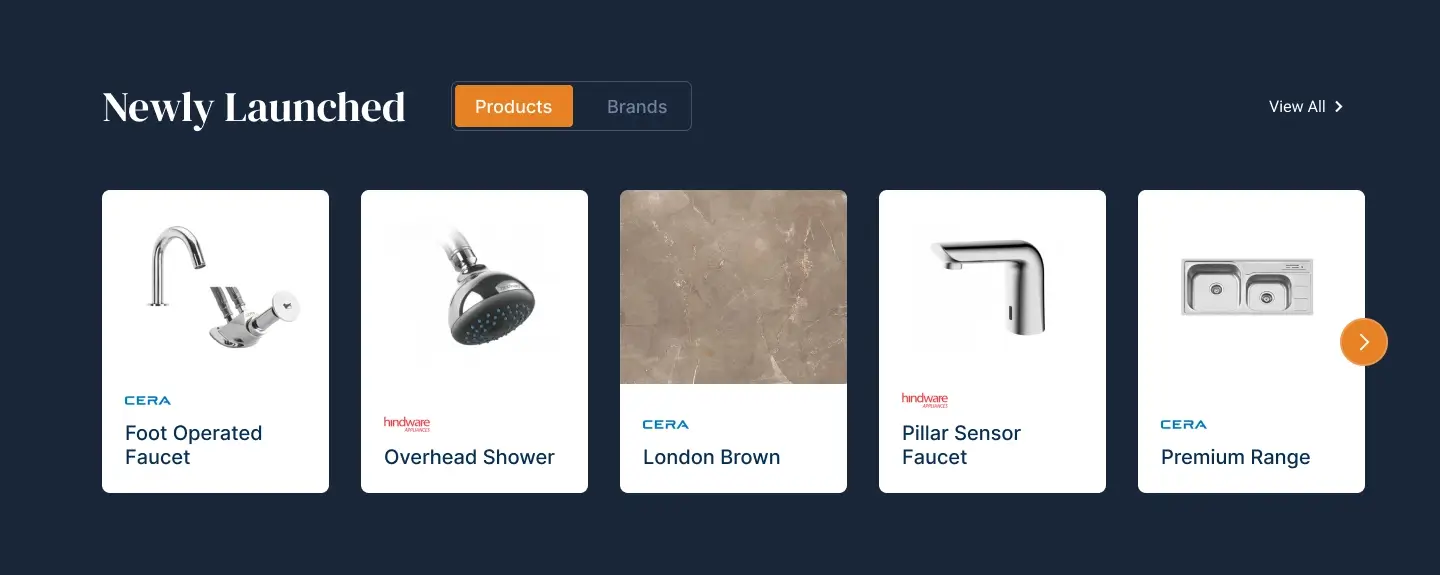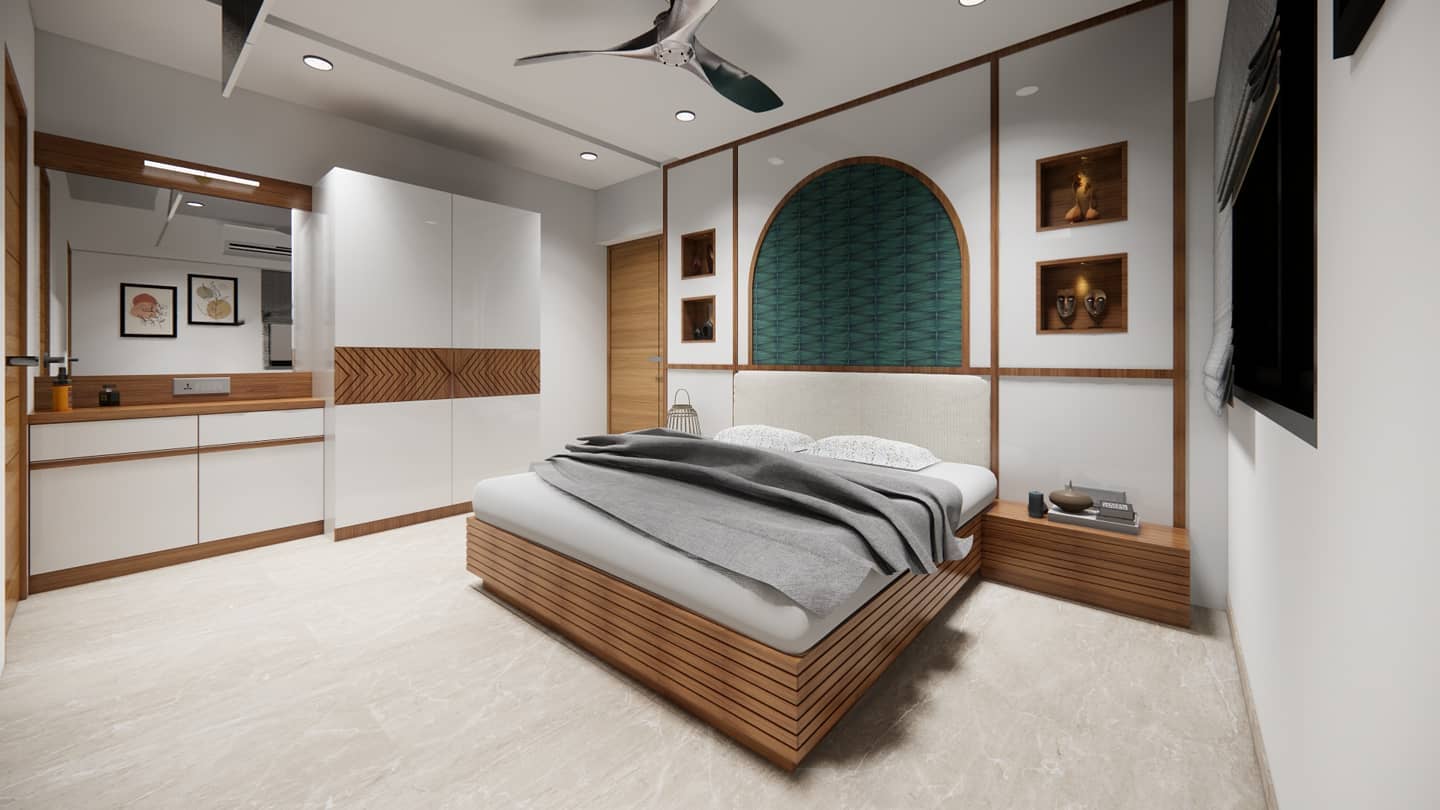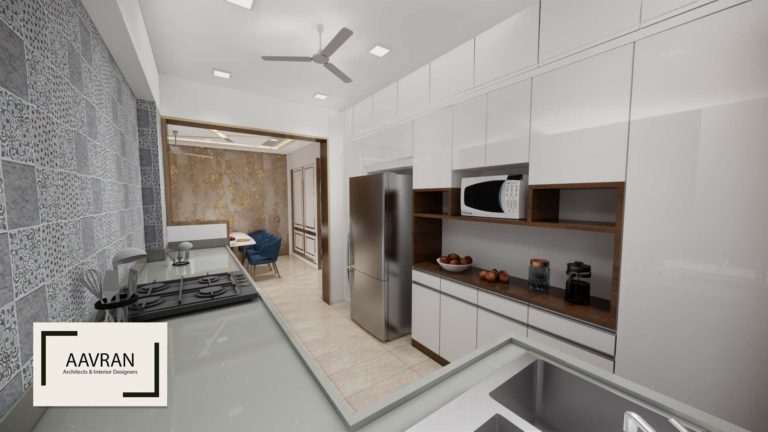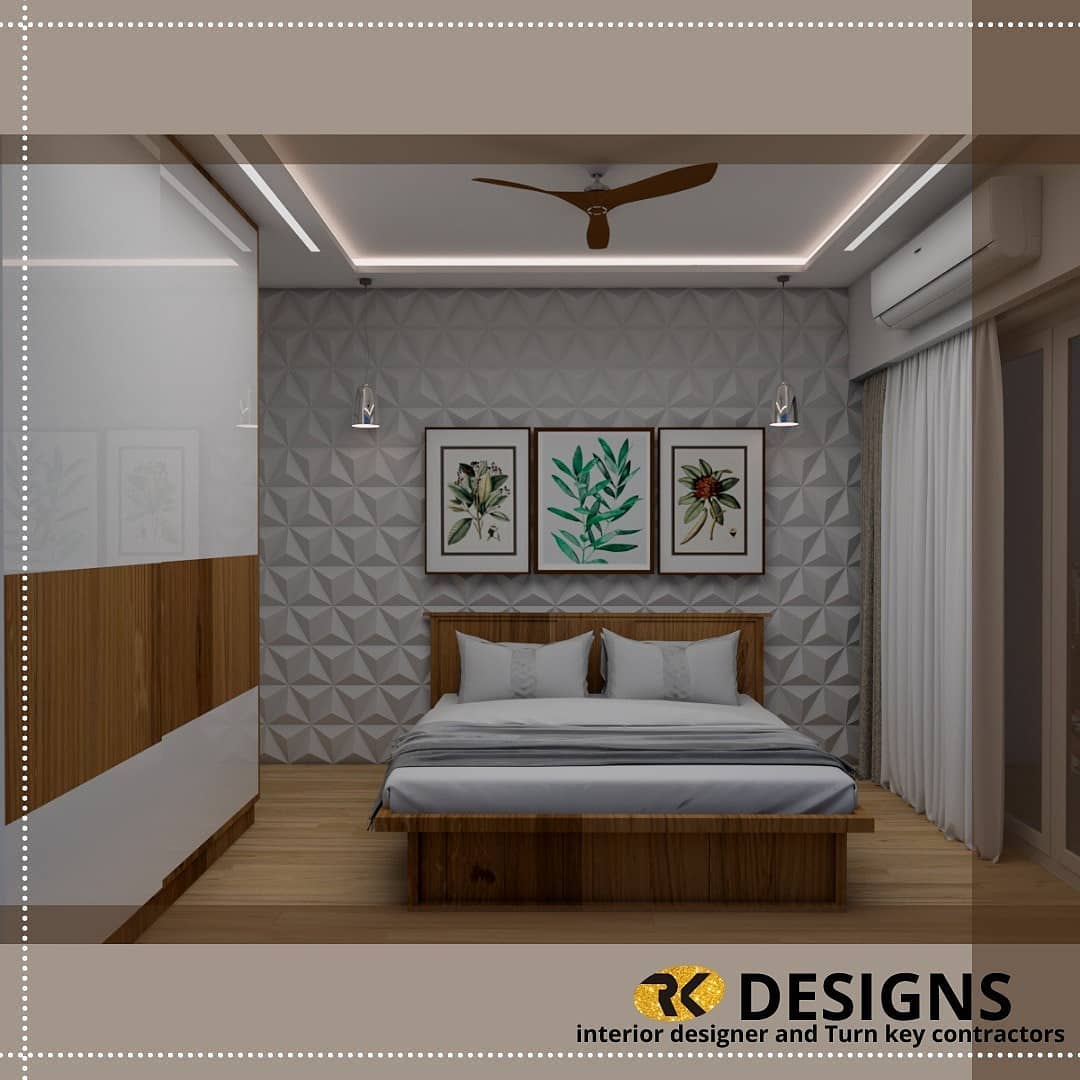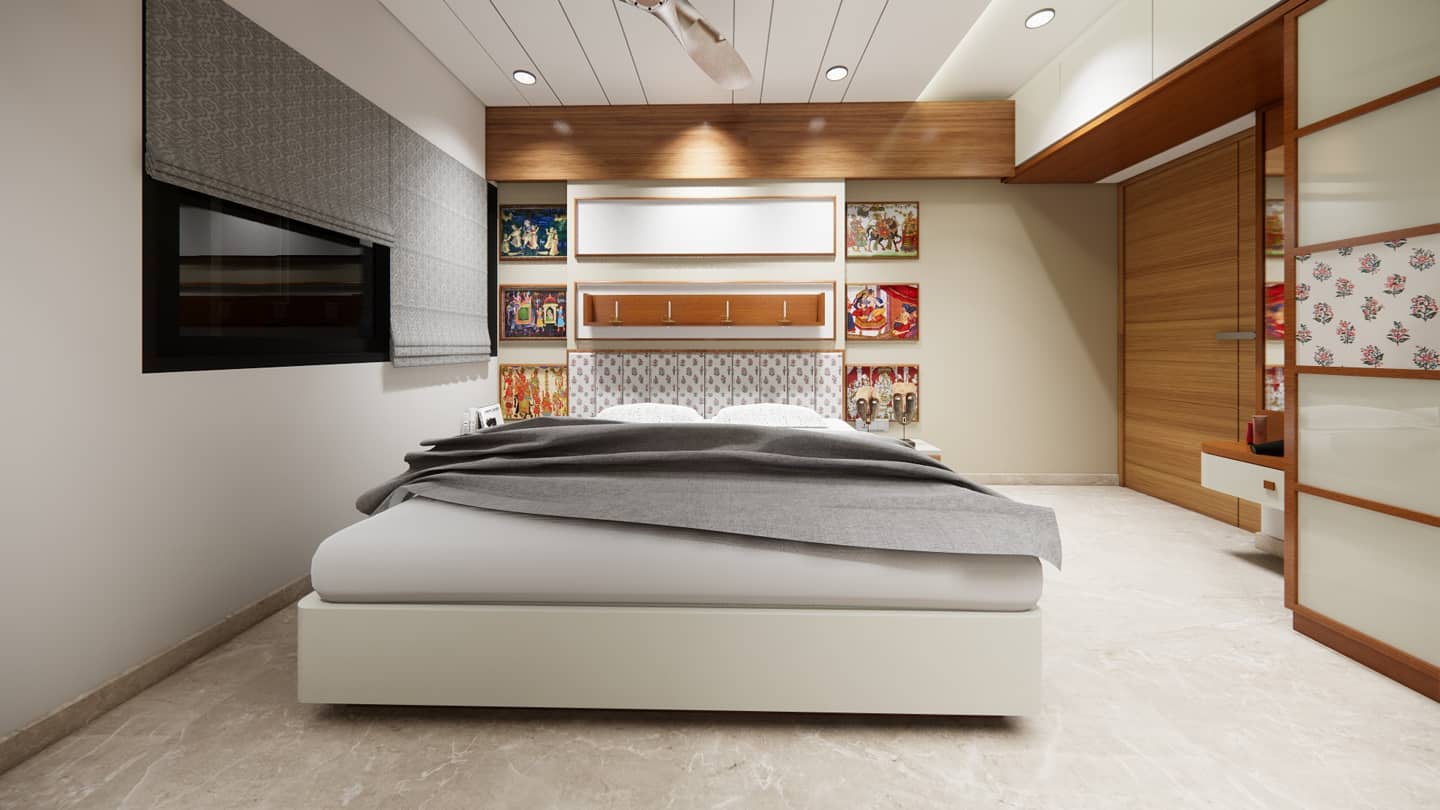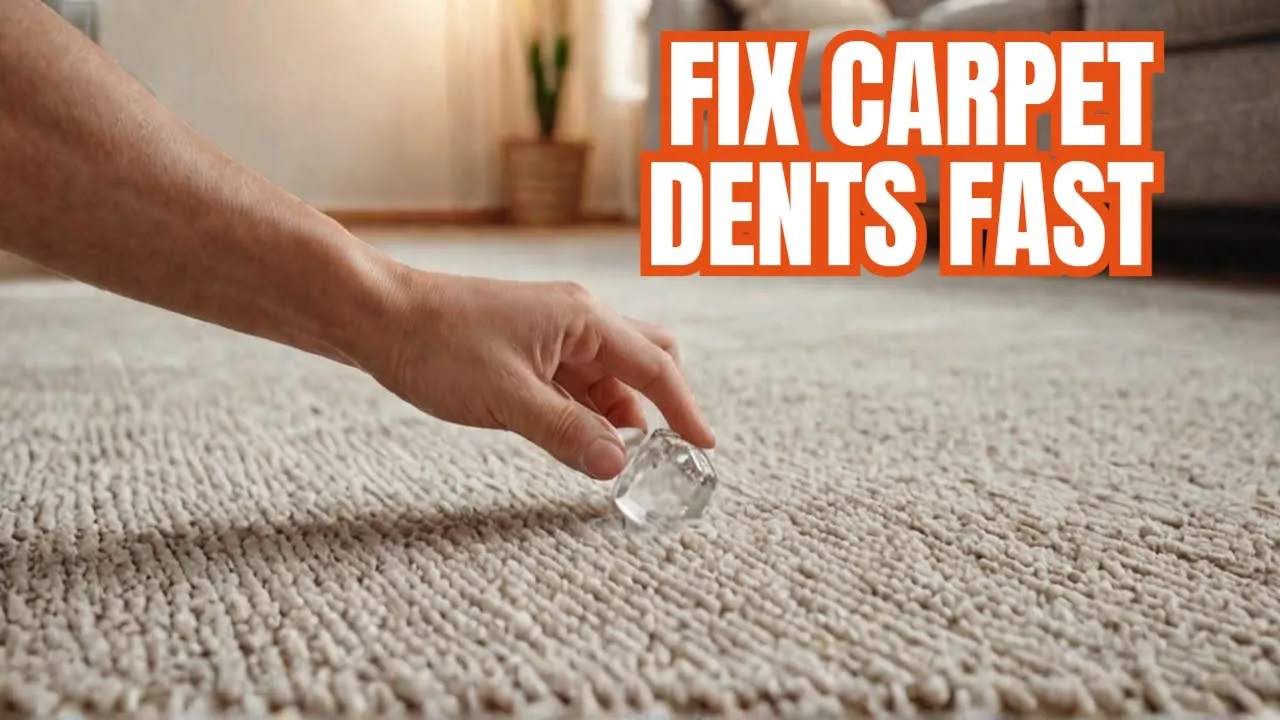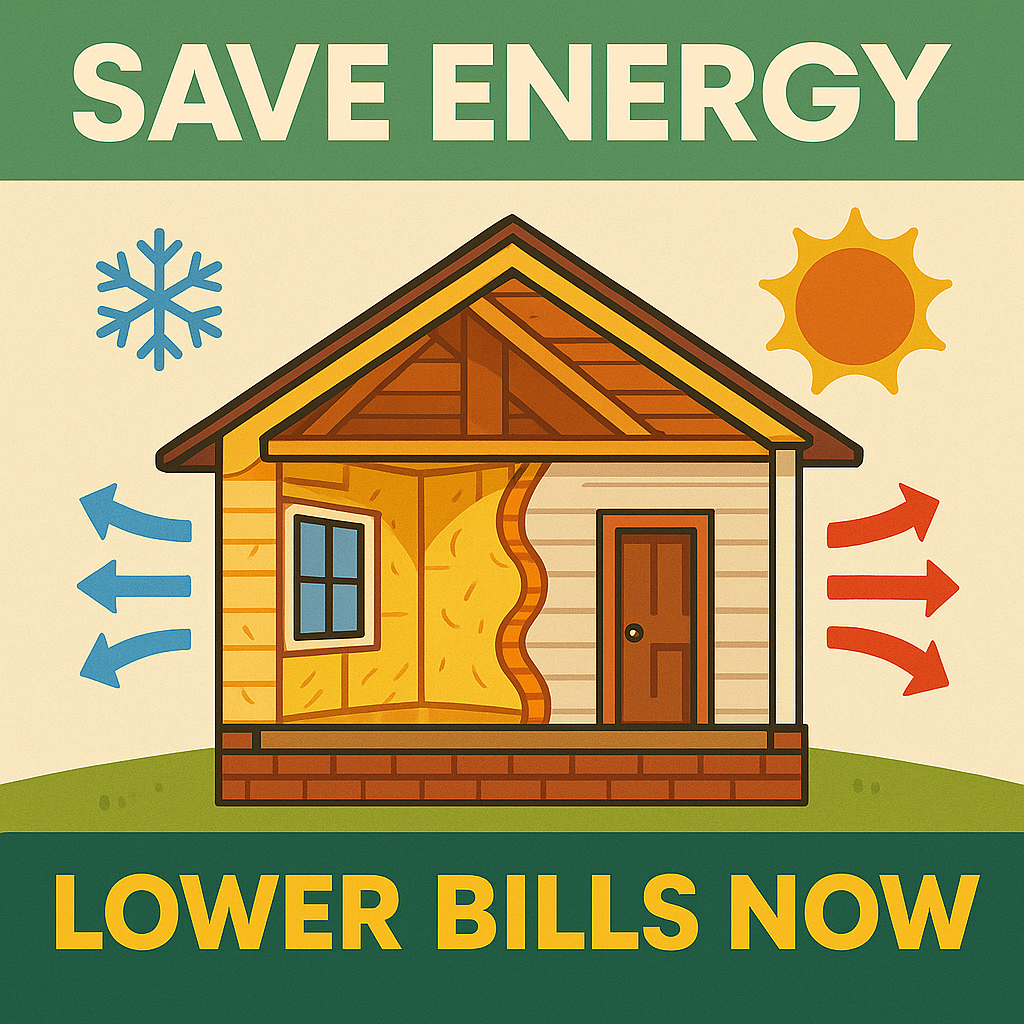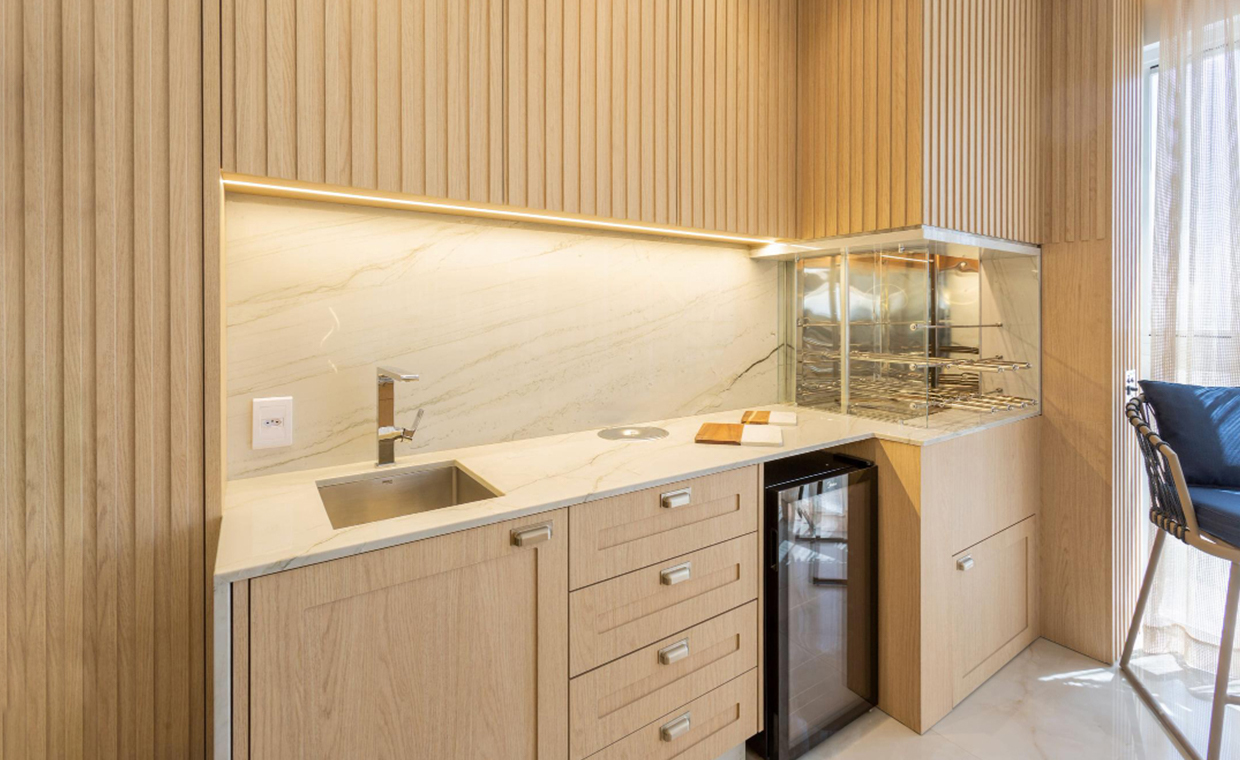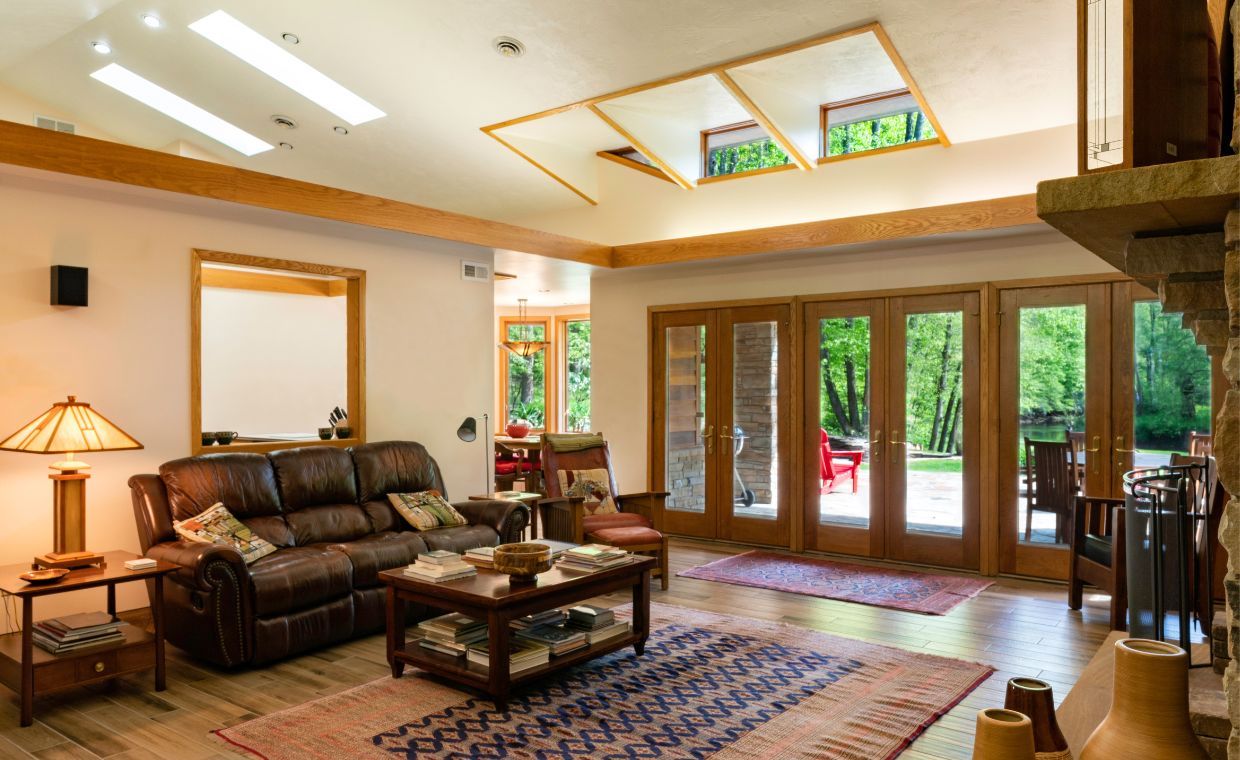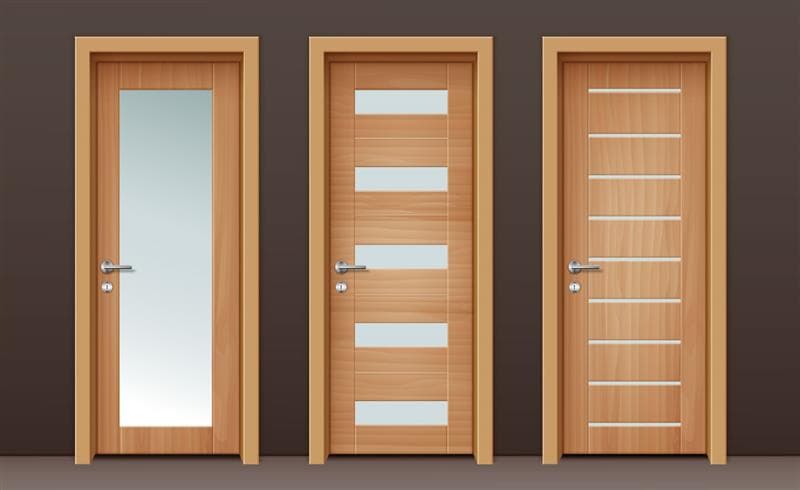
Table of Contents
Doors are essential for any building, providing connectivity between different spaces, allowing natural light and ventilation, and ensuring privacy and security when closed. Among the various types of doors available, flush doors are widely used in residential and commercial buildings due to their sleek design and practical benefits.
A flush door is a simple yet stylish door with plain facings on both sides. It consists of a solid or hollow core, covered with plywood, veneer, or laminate for a refined finish.
In this article, we will explore the advantages and disadvantages of flush doors to help you make an informed decision before installation.
Also Read: What is a Flush Door?
Advantages of Flush Doors

- Aesthetic Appeal – Flush doors provide a modern and minimalist look, enhancing the aesthetics of interiors.
- Cost-Effective—Flush doors are more economical than traditional panel doors, making them a budget-friendly choice. Flush door prices are generally affordable.
- Durability – Solid core flush doors offer excellent strength and long-lasting durability.

- Stability – These doors resist twisting, warping, and shrinking, ensuring structural stability over time.
- Variety of Finishes – You can finish them with laminates, veneers, or paints, providing diverse design options.
- Lightweight Option – Hollow-core flush doors are lighter, making them easier to handle and install.
- Low Maintenance – Flush doors do not peel, split, or require frequent refinishing.
- Resistance to Moisture & Scratches – High-quality flush doors resist stains, scratches, and moisture, making them suitable for humid environments.
- Easy Installation – Factory-made flush doors require minimal effort and accessories for installation.

- Sound Insulation – Solid core flush doors provide better acoustic insulation than hollow core doors.
- Mass Production Feasibility – These doors are easy to produce in bulk, making them ideal for large-scale construction projects.
Also Read: Waterproof Flush Doors and its Advantages
Disadvantages of Flush Doors

- Difficult to Modify–Since flush doors are factory-made, precise measurements of door openings are essential, as modifications can be difficult.
- Limited Outdoor Use – Plywood-covered flush doors are unsuitable for direct exposure to rain and sunlight.
- Heavy Weight of Solid Core Doors – Solid core flush doors are significantly heavy, making transportation and installation challenging.
- Repair Difficulties – Once the laminate, veneer, or plywood surface starts delaminating due to temperature and moisture exposure, repairs can be complicated.

- Lower Aesthetic Appeal–Some people prefer the natural elegance of solid wood doors over the synthetic appearance of flush doors.
Conclusion
Flush doors offer a combination of style, affordability, and practicality, making them a popular choice for both residential and commercial spaces. Their durability, low maintenance, and diverse finish options make them a worthwhile investment. However, their limitations, such as difficulty in repair and weight concerns, should also be considered before installation. Evaluating the pros and cons will help you choose the right type of flush door for your specific needs.
Frequently Asked Questions (FAQs)
01. Are flush doors suitable for external use?
Flush doors are primarily designed for interior use. However, you can use them externally, in covered areas, if specially treated with weather-resistant materials.
02. What is the difference between solid core and hollow core flush doors?
Solid core doors are denser, more durable, and provide better sound insulation, whereas hollow core doors are lighter, easier to handle, and more affordable.
03. Can flush doors be customised in terms of design?
Yes, flush doors can be customised with various laminates, veneers, and paints to match interior aesthetics.
04. Do flush doors require regular maintenance?
No, flush doors require minimal maintenance as they resist stains, scratches, and warping.
05. Are flush doors environmentally friendly?
Many flush doors are made using sustainable materials like engineered wood, making them an eco-friendly option when sourced responsibly.
Also Read:
Advantages and Disadvantages of Panel Door




